Rome Restaurants

Guide On Eating Out
Rome on a Fork: The Eternal City’s Most Famous Dish, Hidden Eateries, Quirky Bites & How to Eat Like a Local
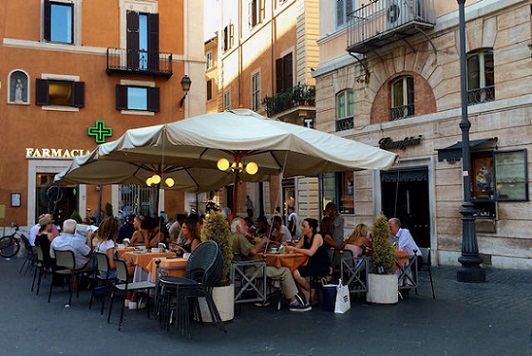
When you think of Rome, you might picture the Colosseum, Vatican City, or Trevi Fountain, but for many, the true soul of the city is found on a plate.
So, what’s the most famous food in Rome? Hands down, it’s Cacio e Pepe, a humble yet heavenly pasta dish made with just three ingredients: tonnarelli (or spaghetti), Pecorino Romano cheese, and freshly cracked black pepper.
Born in the trattorias of working-class Romans, this dish is a masterclass in simplicity.
The magic lies in emulsifying the starchy pasta water with cheese to create a velvety sauce that clings to every strand. While tourists often flock to carbonara or amatriciana (also Roman classics), locals know Cacio e Pepe is the true icon.
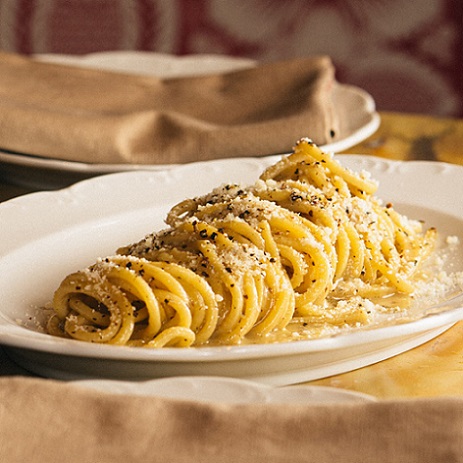
Other Famous Foods in Rome You Must Try
Beyond Cacio e Pepe, Rome’s culinary canon is rich and deeply rooted in tradition:
- Carbonara – Eggs, guanciale (cured pork cheek), Pecorino, pepper. No cream—ever. Romans will side-eye you if you ask for it.
- Amatriciana – Tomato-based sauce with guanciale and chili, originally from nearby Amatrice but adopted as a Roman staple.
- Supplì – Fried rice balls stuffed with mozzarella, often called “Roman arancini,” though Romans will insist they’re not Sicilian.
- Carciofi alla Romana – Artichokes braised with garlic, mint, and olive oil. In season from late winter to spring.
- Carciofi alla Giudia – Jewish-style fried artichokes, crispy and golden, a specialty of Rome’s historic Jewish Ghetto.
- Saltimbocca alla Romana – Thin veal cutlets topped with prosciutto and sage, bathed in white wine and butter.
- Trippa alla Romana – Tripe stewed in tomato sauce with mint and pecorino—a true test of culinary courage.
- Maritozzo – Sweet, fluffy brioche-like buns split open and stuffed with whipped cream. Traditionally eaten for breakfast or as a merenda (afternoon snack).
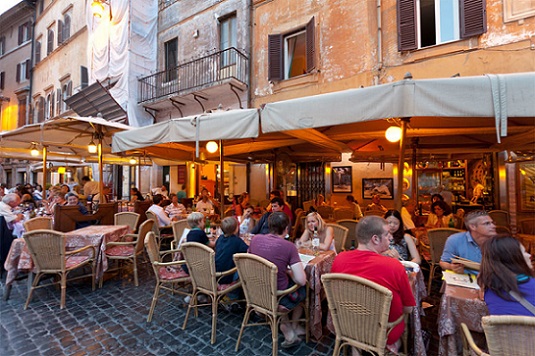
Fun (and Verified) Facts About Roman Food
Fact Check: Carbonara has no cream. Authentic Roman carbonara uses raw egg yolks and pasta water to create creaminess. Adding cream is a foreign adaptation, and a faux pas in Rome.
Pecorino Romano is protected. Since 1955, it’s had PDO (Protected Designation of Origin) status. It must be produced in Lazio, Sardinia, or parts of Tuscany using sheep’s milk from those regions.
Guanciale > Pancetta. While pancetta is cured pork belly, guanciale is cured pork cheek, fattier, richer, and essential to Roman pasta dishes. Substituting it changes the dish entirely.
Pizza in Rome is thin and crispy. Unlike Neapolitan pizza, Roman pizza (especially “pizza al taglio” or by-the-slice) is baked in rectangular trays with a cracker-thin crust.
Gelato isn’t always better. Avoid gelaterias with towering, brightly colored mounds, real gelato is stored flat in metal tins and has muted, natural colors.
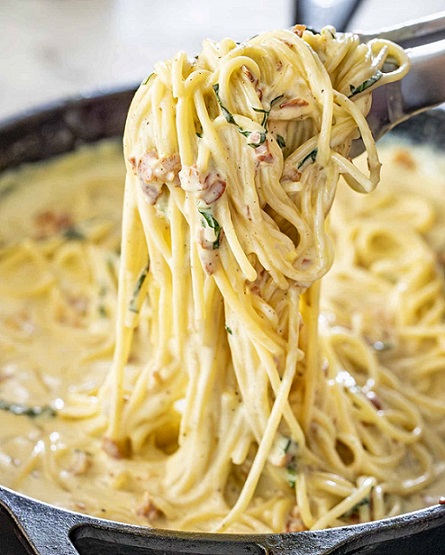
Quirky & Offbeat Places to Eat in Rome
Forget the tourist traps near Piazza Navona. Here’s where the locals go:
Flavio al Velavevodetto – Built into Monte dei Cocci (an ancient pottery mound), this trattoria in Testaccio offers authentic Roman cuisine with a view of ancient Roman shards through glass walls.
Trapizzino – Inventor of the “trapizzino”, a hybrid of pizza bianca and stuffed pocket. Try the pollo alla cacciatora or oxtail version. Locations in Testaccio and Trastevere.
Armando al Pantheon – Tiny, family-run since 1961, steps from the Pantheon. Book months ahead for classics like rigatoni con la pajata (pasta with milk-fed calf intestines).
Mordi e Vai – A stall in Testaccio Market serving “quinto quarto” (offal) sandwiches. Try the “scottona” (slow-cooked beef) or “trippa.”
Gelateria Fatamorgana – Artisanal gelato with wild flavors like basil-walnut, black rice, or white wine & peach. All natural, no artificial colors.
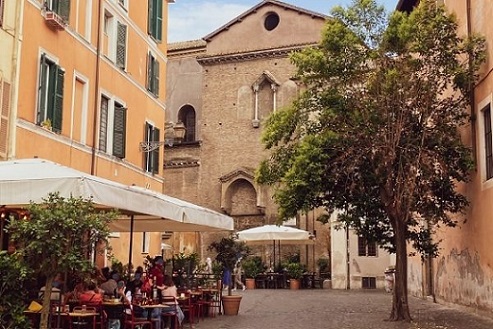
Eating & Dining Tips in Rome
Lunch is sacred. Most Romans eat lunch between 1–3 PM. Many restaurants close afterward and reopen for dinner around 7:30–8:30 PM. Plan accordingly.
Cover charge (“coperto”) is normal. Usually €1–€3 per person. It’s not a tip—it’s for bread and table service.
Water isn’t free. You’ll be asked “naturale o frizzante?” (still or sparkling). Tap water (“acqua del rubinetto”) is safe and free, just ask.
Order coffee standing up. Sitting at a bar for espresso costs more. And never, ever order cappuccino after 11 AM—it’s breakfast-only territory.
Dinner is late. Locals rarely sit down before 8:30 PM. Restaurants may not even open their doors until then.
Avoid restaurants with “tourist menus” or photos of food. If there’s an English-only menu with pictures, walk away.
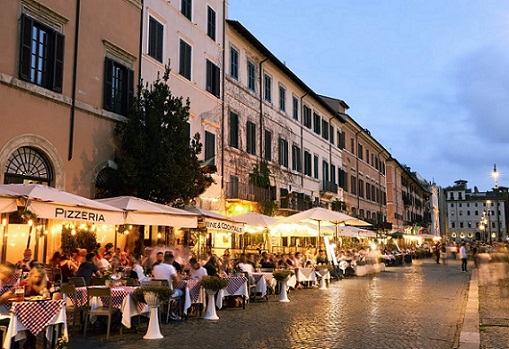
Italian Eating Etiquette: Do’s and Don’ts
Do keep your hands visible on the table (not in your lap) during meals.
Don’t ask for cheese on seafood pasta. It’s considered a flavor crime.
Do use utensils for everything, even pizza al taglio is often eaten with fork and knife if seated.
Don’t cut spaghetti. Twirl it with your fork against a spoon (or the curve of your plate).
Do say “buon appetito” before eating. It’s polite and appreciated.
Don’t rush. Meals are social events. Lingering over espresso or wine is expected.
Do leave a small tip (5–10%) if service was good. Rounding up the bill is common. Service charge is often included (“servizio incluso”).
Final Bite
Rome doesn’t just feed you, it embraces you. Its cuisine is unpretentious, deeply historical, and fiercely regional. From the peppery embrace of Cacio e Pepe to the crispy crunch of Carciofi alla Giudia, every bite tells a story of emperors, shepherds, Jewish merchants, and nonnas stirring pots for generations. Come hungry, eat slowly, and remember: in Rome, the best meals aren’t found in guidebooks, they’re discovered down alleyways, in bustling markets, and at tables where laughter drowns out the clinking of wine glasses.
Mangia bene. Ride slow. Live like a Roman.
— Buon viaggio e buon appetito!

Ristorante Piatto Romano - Culinary Gem in Rome
Located in the heart of Rome, Piatto Romano is a culinary gem that embodies the essence of Italian gastronomy. The restaurant may not boast an extensive menu, but it takes pride in perfecting traditional Italian dishes that have been cherished for generations. Here, the emphasis is on authenticity, with a steadfast commitment to preserving time-honored cooking techniques and flavors.
Every Thursday, patrons eagerly anticipate the delectable gnocchi, a soft and pillowy pasta that is lovingly crafted to perfection. Fridays are dedicated to exquisite fish dishes, showcasing the finest seafood selections that Italy has to offer. Among these, the salt cod is truly exceptional, harmoniously paired with sweet dried fruits and savory onions, creating a symphony of flavors that dance on the palate. For those seeking a delightful crunch, the occasional offering of fried prawns and calamari is a testament to the restaurant's dedication to high-quality ingredients and expert preparation.
Yet, the true pièce de résistance at Piatto Romano is the rich and sumptuous milk-fed pajata. This traditional delicacy features hearty pasta tubes enveloped in a robust sauce made from the intestines of unweaned calves, delivering a unique and unforgettable taste experience that is revered by locals and adventurous diners alike.
To round off the meal, the dessert offerings, while simple, are nothing short of delightful. Fresh strawberries are delicately sprinkled with sugar, enhancing their natural sweetness, while the warm ricotta cake offers a comforting conclusion to the dining experience, its soft texture and subtle flavors leaving a lasting impression.
Piatto Romano stands as a testament to the timeless allure of classic Italian cuisine, where each dish tells a story rooted in tradition, and every meal is a celebration of Italy's rich culinary heritage.
Piatto Romano Restaurant Rome
Via Giovanni Battista Bodoni, 62, 00153 Roma RM, Italy
Price per person: €30–40
CUISINES
Italian, Mediterranean, European, Romana, Lazio, Central-Italian
Special Diets
Vegetarian friendly, Vegan options, Gluten free options
Meals
Lunch, Dinner, Late Night
FEATURES
Reservations, Seating, Highchairs Available, Wheelchair Accessible, Serves Alcohol, Free Wifi, Table Service
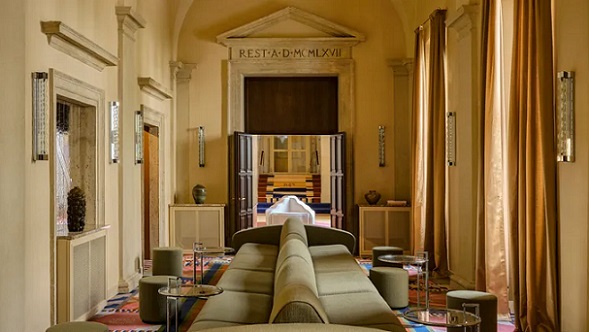
Promote Your Business. Advertise Through FrizeMedia
Rome is not only the capital of Italy but also of the region of Lazio, which is famous for its food. Robust flavours and rich sauces abound in many typical dishes of the area, and pasta and gnocchi in all their many forms ( especially fettucine ) are served in restaurants across the city. Lazio is notable for dishes featuring milk-fed lamb (abbacchio), veal (vitello), Parma ham (saltimbocca), thin-cut steak and offal, all of which are served with delicious herbs and seasonings. Best fish choices in Rome include sea bass (spigola), fried cod (baccalà), bream (orata) and turbot (rombo). Artichokes (carciofi) are scattered all over menus through the winter, before spring heralds the vignarola - a tasty blend of peas, fava beans, and artichokes served with cured pork cheek.
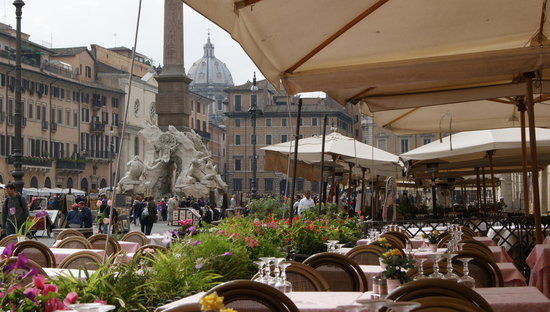
Fried sweetbreads are also a Roman specialty. Rome is rich in markets and this is often reflected in the wonderful variety of superb vegetables served in the city's restaurants. Beans are used a good deal in the cuisine and appear in many dishes, hot and cold. On a cool winter's day the visitor seeking a warming lunch could do no better than to choose a tasty minestrone soup, which is another of the area's specialties.
Standard ‘tourist menus’ generally offer good value, beginning with bread and olive oil with soup or pasta; a simple meat or fish dish with vegetables (contorni) for secondi; and cheese or fresh fruit to finish; accompanied by a carafe of locally produced Frascati white or red wine from Tuscany. As a rule, main dishes do not come with vegetables, which are ordered separately. Whether you are dining in a no-frills trattorie or a more formal ristorante, owners and chefs invariably take pride in sourcing the best seasonal produce.
Abbacchio Romano
Vegetarians can expect most first (primi) pasta courses to be meat-free; other choices include a seasonal vegetable 'fritto misto' ('mixed fried') or side dish combo, the verdure miste ('mixed green'). Kosher choices are limited because of the prevalence of meat and cheese, particularly pork. As elsewhere in Italy, pizza remains a popular staple food for the restaurant and the street, and the Roman version is a hybrid between the thick crust, rustic Neopolitan variety and the thinner, more fancy Northern version.
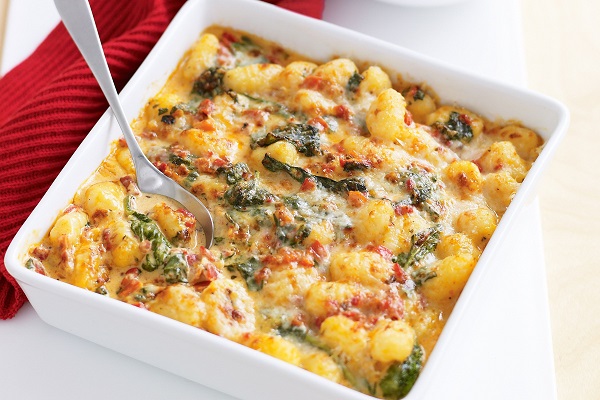
Gnocchi are various thick, soft dough dumplings that may be made from semolina, ordinary wheat flour, egg, cheese, potato, breadcrumbs, cornmeal, or similar ingredients, with or without flavourings of herbs, vegetables, cocoa, or prunes
Away from the main tourist areas, most restaurants only serve pizza at dinner time. The neighbourhoods of Trastevere, San Lorenzo and Testaccio are known for offering reasonably priced, authentic Roman cuisine; whilst restaurants around Campo de'Fiori and Piazza Navona are pleasurable places to dine, with musicians on hand to entertain. Virtually every bar and dining establishment in Rome will offer first-rate filter coffee.
Italians regard frothy cappuccinos as a morning drink and rarely a post-prandial treat, when the pick-me-up expresso or macchiato is preferred. Ice creams are sensational, creamy gelato and refreshing
granita (sorbets) come in a host of enticing flavors, such as coffee, coconut, liquorice or sour cherry, that are lovingly prepared for an incomparable all-day dessert. In Rome eating is an art and cooking a science, and he who does not know not what Rome provides knows neither art nor science.
Places To See And Stay In Rome
Tweet
Follow @Charlesfrize

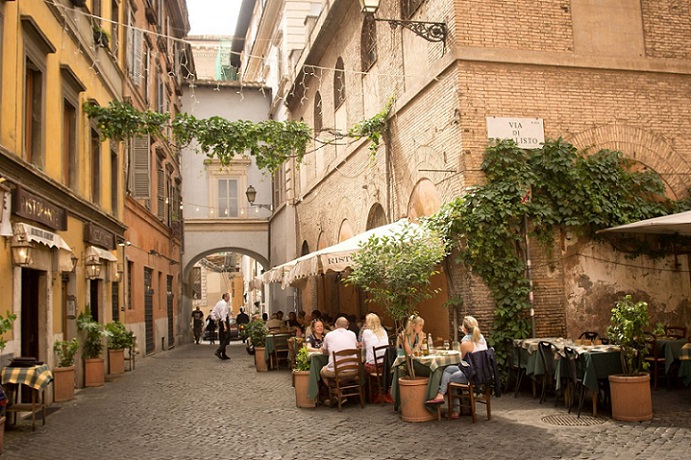
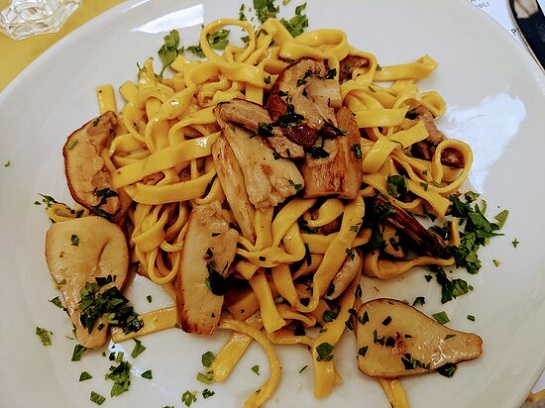
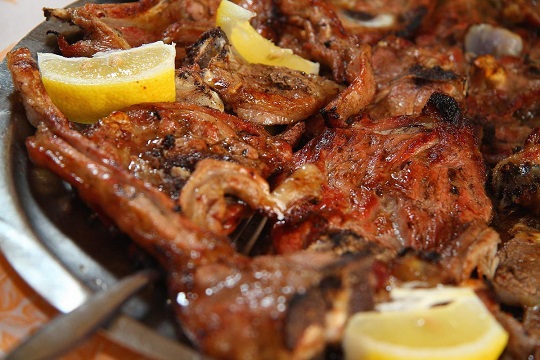
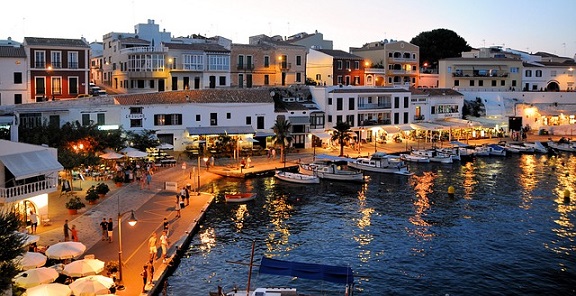
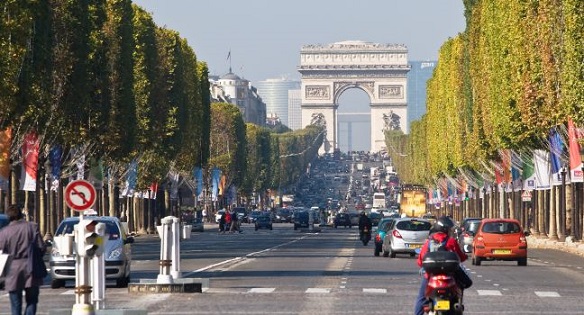






New! Comments
Have your say about what you just read! Leave a comment in the box below.